Recently, I've strung together some pretty solid saddle time on my Bastion Road. My aim was to get a good block of consistent riding under my tires so I could do a better job of conveying to our potential clients all the Bastion's idiosyncrasies, how it felt on longer rides, how it climbed, sprinted and descended - a clarity that only back-to-back rides on the same bike provides. Despite the rain of the past few weeks, I was able to assess all of that and more. Somehow, I managed to coordinate all my riding time when the rain was at its heaviest and, as it seemed, the coldest and windiest to boot.
But rainy rides help you get a really good feeling for a bike - how it handles when you're numb with cold and soaking wet, how the components hold up, how much time you need to tune and prep the bike for its next ride in the rain. In the course of over a month, I put in just over a thousand miles on the bike and was wet at least 75% of the time.
As it turns out, I actually like riding in the wet stuff, for testing bikes, as I mentioned, but also because there are certain advantages to be had when the weather is foul. The first is that most folks prefer to stay at home in bad weather, so the roads are a lot calmer. Secondly, it feels really good when you finish a ride and feel like you did something that a lot of folks would rather sit out.
Back in the day, when I lived in Bellingham, Washington, or Seattle, you always felt that if you could get out in poor weather, you were getting a leg up on the fair weather riders. Sure, you may not get as solid and precise a workout as someone on a trainer, sitting on their bike in the garage racing or training with a virtual peloton, but you were getting a little edge in the grit game, something that can come in handy in the inclement weather races to come that spring.

The hardest part is just getting started. I always try to at least start the ride when it's not raining; somehow, that's so much easier, even if you know that the rain is inevitable. It's much harder to start when it's pouring down and you're leaving a nice, comfy, warm house to do two to five hours in the elements. Once you get that first five minutes out of the way though, it becomes much more bearable and sometimes even enjoyable. In one funny (though not at the time) incident of late, I was five minutes into a ride, enjoying some light drizzle when I turned down a road that usually floods. Ahead of me, all the cars were moving to the right to avoid the salt lake that covered most of the road. I looked back and saw a car behind me and assumed it would follow me to the right of the water. Nope, they decided to drive up right next to me, right through the water and match my speed for the ten-plus seconds it took to clear it. I was absolutely soaked to the bone by the time I hit the shoreline and could taste the salt as it washed over my face and the rest of my bike and body. Then the sky opened up and it started pouring, so really, in the end, not a big deal. I already had my mind set to the fact that I was going to be soaked for most of the ride so all the passing car did was get me to that point a little quicker than I had planned. Did I raise my finger? Only on the inside.
Anyhow, I've always preached that if you dressed for the conditions, you'd be alright. And the clothing is so good now that it can make riding in the wet stuff not so bad - a big shout out to our friends at Q36.5 for making some of the best inclement weather kit out there. The nice thing these days is that I wear so much less gear than I did back in the day riding in the Northwest. Here's a quick rundown of what I wear on a coldish, wet day:
- Fall/Spring socks. I don't like the thicker winter socks as they get much squishier and hold more water than thinner socks. And when they are soaked through, they don't really offer any added warmth, so I keep the socks thin. Also, as much as people think that there are "waterproof" items to wear, you won't stay dry as there are so many places for water to get in. So I concern myself less with waterproofing as I do with choosing items that keep me warm when I'm soaked.
- For shoes, I wear my normal summer shoes, but I do like ones that have some sort of protection in the area where the knit part meets the carbon sole. The DMT KR0's are great for that and work well for me. I do this because the booties I wear (more on those in a second) don't fully cover the bottom of my foot and when I wear the really airy shoe, I really feel that the entire ride and leads to my feet becoming colder, faster. I also have a specific pair of shoes that I ride in the rain as they are going to get trashed, so no super euro white shoes on these rides.
- I really love Q36.5's Anfibio booties. Tight fitting and keep my feet the warmest, longest. They are pretty bomber as well and I can get a full season or two of riding out of them before they get too ripped up from walking around in them.
- The rest of the kit is Q36.5 just so you know because as I said, I think they make the best technical, inclement riding kit out there. This goes with my next piece, further up the body. The Woolf leg warmers are so so so good. Tight fit, they don't get baggy or loose when soaked and I have never had cold legs riding in them.
- For bibs, even though I have the Woolf winter bibs, I prefer normal weight summer bibs. My midsection tends to keep warm, and I like the movement in these over the thicker winter bibs. The only issue is that you feel it at first if you don't have fenders. All that spray goes directly to one spot. I've gotten back from rides and found more dirt and sand inside my bibs than on the outside. This is also why I tend to use older bibs for this riding as not to ruin the nice new ones in the shit weather.
- Base layer. Unless it's really cold, low 40's or less, I wear a sleeveless summer base layer. If it's really cold I'll wear the Base Layer IV which is thicker but still very thin and easy to fit under a tight jersey. It also is a mock turtleneck, so it provides more protection to the lower chin area. On the really cold days I'll also wear their neck thingi which just gives a bit more protection.
- On top of that I can usually get away with just a long sleeve jersey from Q's woolf line again. I actually use the short sleeve version with the Woolf arm warmers as it's a bit more versatile, but it's personal choice there. This piece is crazy good, super warm but breathes so well so I don't overheat. I can do most rain rides with just this and don't need a rain jacket.
- However, if it's a longer ride in the wet or if I'm going slower then Q's rain jacket or vest is a must. I actually prefer the vest as I can stow it easier in my back pockets when it's not in use. But if I'm starting in the rain and I know it's going to keep coming down the entire ride I use the jacket. These things have gotten so much better as well. I used to overheat terribly with rain jackets from just a couple years ago, but not in this one. It's actually a great jacket for cold rides when it isn't raining, so very versatile.
- Gloves: Same as the booties, Q36.5 anfibio gloves are so good. Keeps my digits warm but don't overheat. Must have piece of kit for this type of riding.
- Finally, I don't usually wear glasses in the rain. Instead I use a trusty old cycling cap and let the bill keep the rain out of my eyes.
I can assure you, if you dress like this, rain rides are so much easier and getting close to even being fun. So, if you're like me and the thought of being outside sounds more fun than sitting on the trainer in your garage, then a little preparation is all you need to get the wet miles in with a smile on your face.

Longer term review on the Bastion Road
I've already done the initial ride report and an update on the components, but now that I have a solid month and thousand-plus miles on the bike, I can reiterate how nice the Bastion Road is. It is such a solid-feeling bike, which I've stated before, but it's especially noticeable in bad weather. You don't want something too flighty in rough conditions and this bike holds its lines. I just feel so confident riding it. I was doing mainly base miles on it during this span, but it performed just as well as I initially thought on my earlier rides last summer. It's planted, comfortable, stable and durable. I don't need many more words than that.


Every other part of the bike performed well in the rain, grit and dirt. I was still using the Campagnolo wireless group and had no issues at all. Shifting worked every time I hit the button and the brakes are fantastic in the wet. I did wear through my pads super fast, though, and the rears in about three weeks, to the point where I had zero rear brakes. But that is due to the conditions more than the parts. My only complaint with the group to this point (other than my endless bitching about how huge the derailleurs are) is that my seventh cog up from the bottom of the range always makes noise. At worst, it skips around a bit and then settles in, but I've tuned it to the point where shifting is great, but it still makes noise whenever I'm on this cog, big or small ring up front. I'm still on the original cassette, and will be curious if it's just got a small imperfection that is causing this or if it's something more. It doesn't bug me too much, and I'm assuming that a new cassette will fix it, but I will let you all know when I do.

I also used the Campagnolo Hyperon Ultra wheels this entire time with Veloflex Evo TLR tires. I got one flat on the front, which a Dynaplug fixed, and I am still using the same set-up - not bad for a thousand miles in the rain, just one flat that was easily fixed. I'll take that any time. The wheels feel fantastic, though, stiff but comfy and pair well with the 32mm rubber. The Hyperon's also have a super quiet freehub as well, which a lot of folks seem to like.
Anyway, that's my rain report in. Thanks for reading along, and if you have any questions at all on the Q36.5 kit and what could work best for you, or questions on the Bastion and how to get one for yourself, just give us a holler!

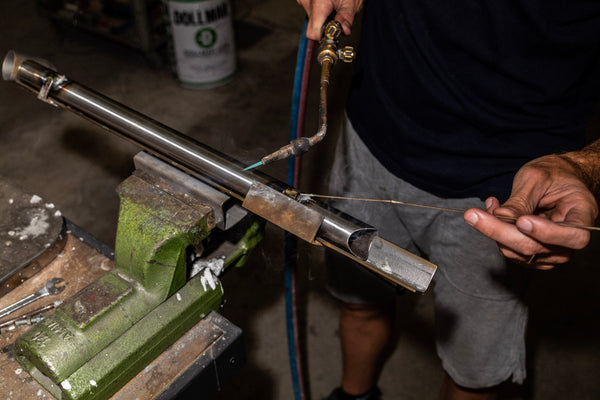
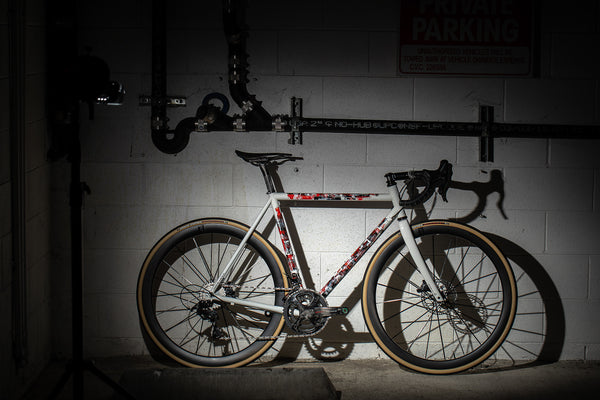
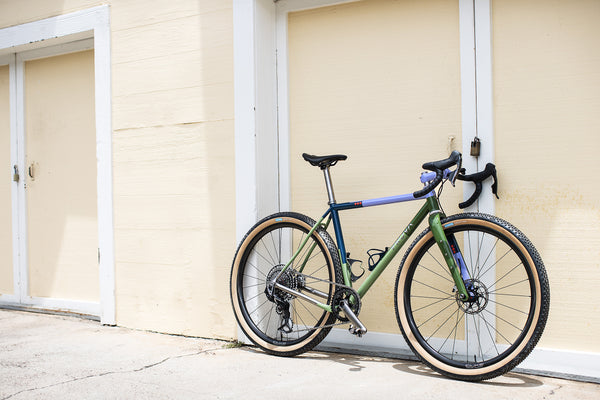
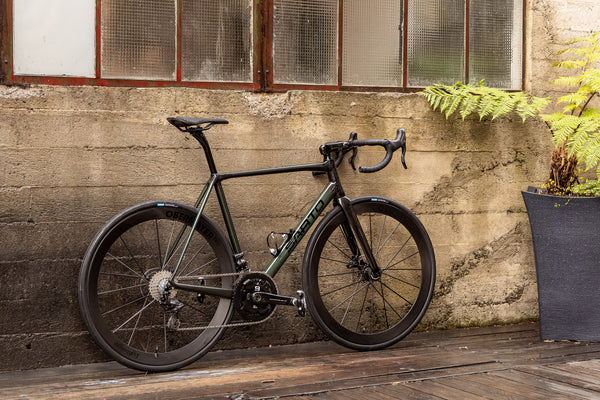
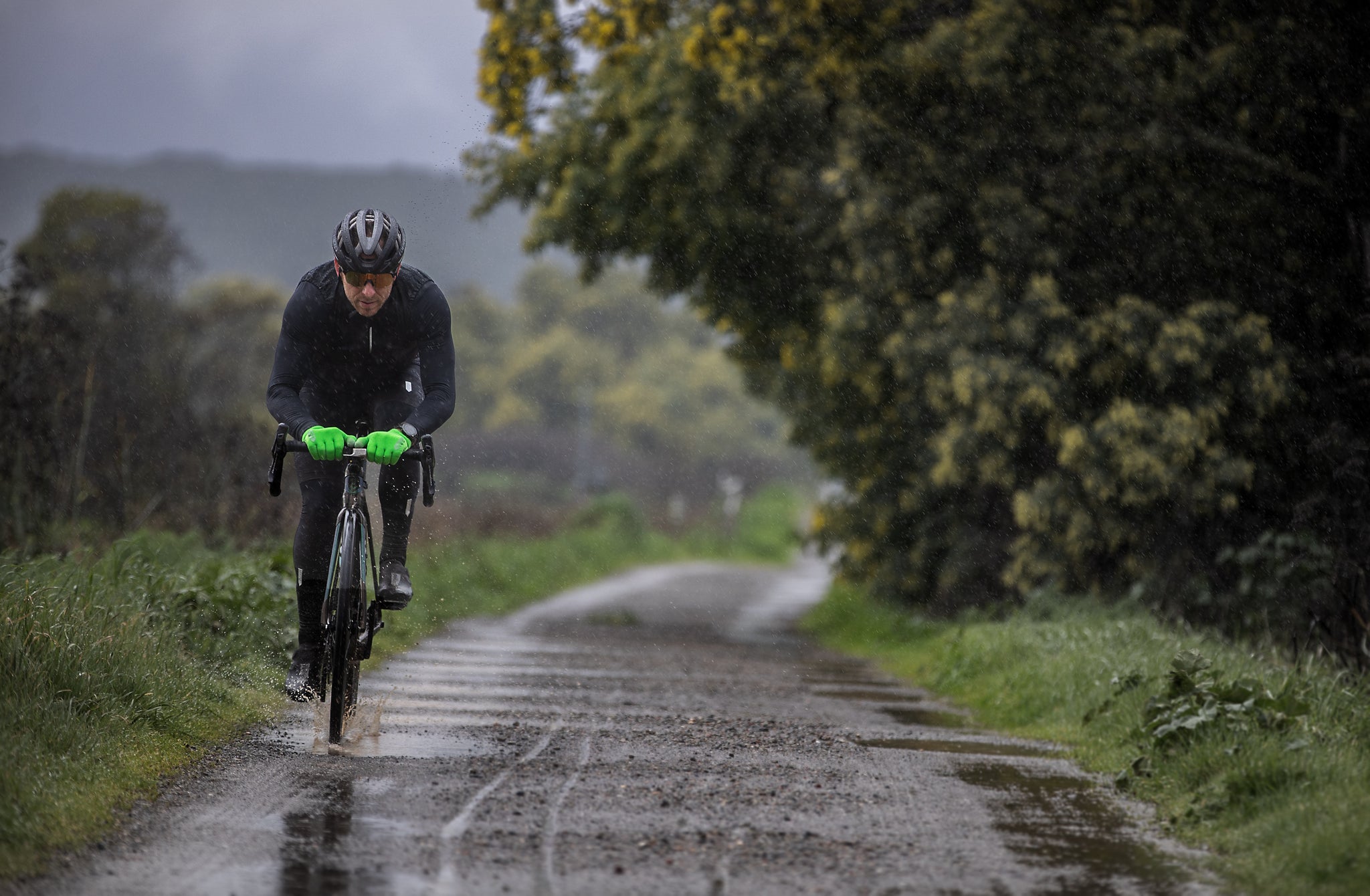




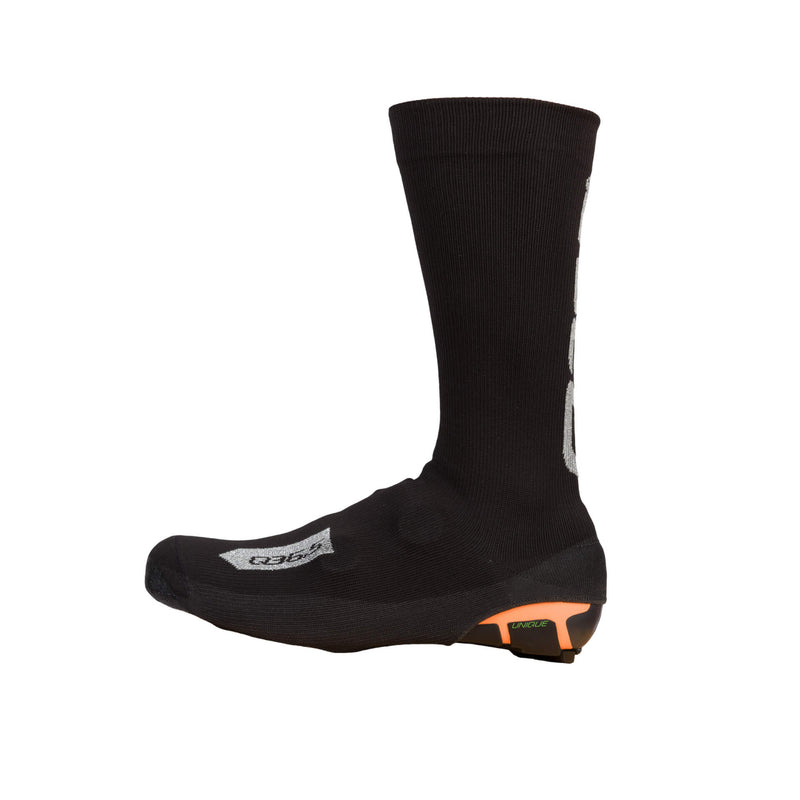
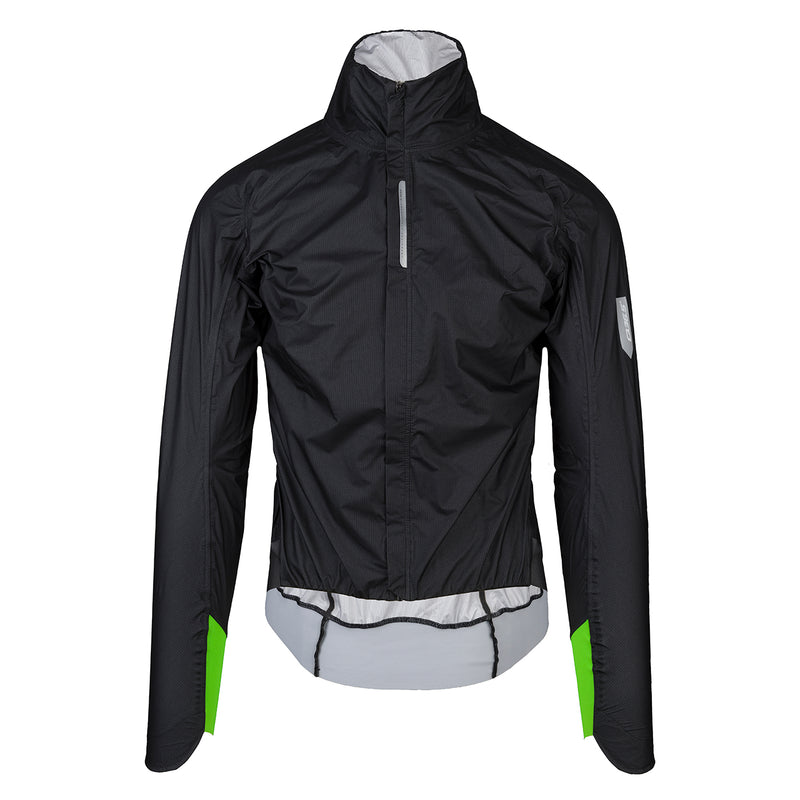
Back to Journal